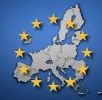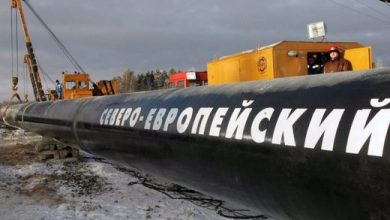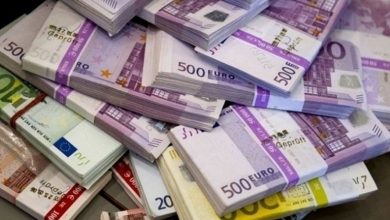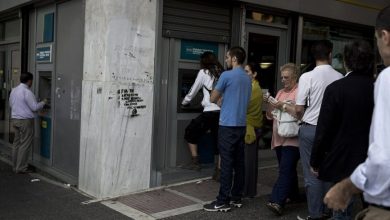Europe has a wave of inflation
Statistical Service Eurostat admitted that the dynamics of consumer prices in the euro area in November overtook forecasts and amounted to 3.1%. The 2% limit set by the European Central Bank was overcome in September. Jean-Claude Juncker, Chairman of the Council of European Ministers of Finance, said the situation is hampering the development of the region’s economy.
But the phenomenon is global in nature. In the euro area, November inflation was a record for 6 years. In the US in November, prices rose 4.3% year on year, the highest level in two years. Among the economic leaders of Europe, Spain took first place in price dynamics, where inflation was 4.1%. Only the Netherlands (1.8%) met the 2% norm.
In the countries of Eastern and Central Europe that are not in the euro area, the figures are even more frightening: for example, in Latvia and Bulgaria, prices have increased by more than 10%.
Food prices and fuel became the engine of consumer price growth in the euro area, as in the rest of the world: gasoline alone rose by almost 23%.
Now, theoretically, as part of the fight against inflation, the European Central Bank should raise the base rate for the euro. But expensive loans, when banks are struggling with the global consequences of the mortgage crisis, can be a brake on the development of the region’s economy no worse than high inflation.
This post is also available in:
 English
English  Русский (Russian)
Русский (Russian)





